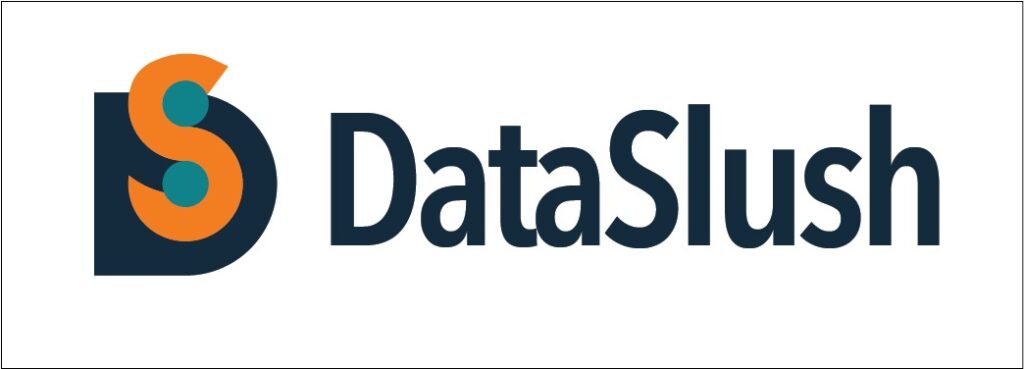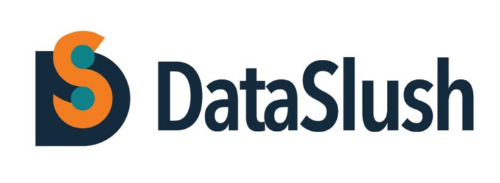
This article aims to equip educational stakeholders with the knowledge that data can transform educational outcomes. It highlights the importance of making informed data-driven decisions and provides a framework on how to derive the key deliverables to achieve the goal.
Every School’s Three Pillars of Success
All schools strive for success in three fundamental areas:
- Educator Performance
- Student Progress
- School Effectiveness
To determine how to achieve these goals, we’ve utilise an Impact Map. This visual tool helps brainstorm the “why”, “who”, “what”, and “how” behind educational initiatives. Below plan is just an example. You can tailor it based on your school context.
Goal
Our map starts with the goals. We are not focused on an opinion, as it can’t be measured. However, we need a measurable result because in the end we will have to demonstrate the result in numbers which indicates the success of the project. Good objectives must be SMART: Specific, Measurable, Achievable, Relevant, Time-bound.

We need to ask ourselves “Why” these goals?
Why We Do It – To create a thriving learning environment where students can reach their full potential.
What are the objectives?
Educator Performance: Equip educators with the knowledge, skills, and resources they need to deliver effective learning content which leads to Student Progress.
Student Progress: Closely monitor and support student learning to ensure all students achieve their learning goals which leads to School Effectiveness.
School Effectiveness: A safe, inclusive, and high-quality learning environment that meets the needs of all students and staff.
Actors
Now, we need to identify those “Who” will make an impact on goals. We have actors – Educators, Students, School Leaders, and Parents/Guardians.

Impacts & Deliverables
Its time to prepare list of ideas and assumptions aka “Impacts” which will help actors to make impacts on goals and then What can we do, to support the required impacts? These are the deliverables, or organisational activities.
In this article, I have focus exclusively on Educators and the goal of Educator Performance and outlined a few key impacts.
Impacts
Effective Pedagogical Skills
Engaging Lessons + Powerful Tools = Deeper Learning, Merging technology with effective teaching strategies creates dynamic lessons that ignite student interest and promote deeper understanding. Suggested reading: “Teaching AI: Exploring New Frontiers for Learning” by Michelle Zimmerman.
Increased Content Knowledge
Strong Content, Strong Teachers, Educators should have a deep understanding of the subjects they teach. The key deliverables to support this impact is to have better curriculum resources available to them, having access to mentorship and professional development programs.
The person who learns the most in any classroom is the teacher.
James Clear

Deliverables
- Professional Development Programs: Equip educators with the latest teaching strategies, data analysis skills, and differentiated instruction techniques through targeted training. (Measure: Participation rates, pre/post-assessment scores)
- Curriculum Resources: Provide high-quality, engaging curriculum materials that align with educational goals. (Measure: Student performance on units using new materials)
- Instructional Coaching & Mentorship: Offer ongoing support and personalized feedback to educators through experienced mentors. (Measure: Changes in teaching practices and student engagement after coaching)
- Data Dashboards & Analytics Tools: Equip educators with a centralized platform to track student progress and inform data-driven decisions. (Measure: Educator usage of dashboards and how data influences lesson planning)
- Technology Integration: Facilitate the use of technology tools and resources to enhance teaching and student learning experiences. (Measure: Student performance after integrating technology)
Conclusion
While quantitative measures provide valuable insights, a holistic understanding of educator performance and student engagement requires qualitative factors as well like – How classroom teaching practices, student engagement, classroom environment, student feedback and preferences, etc. Can AI be a neutral observer in the classroom which guides teachers after classes on what can be improved, what did go well in the classroom, how can a concept teacher explained could be explained in better way to students? How assignments should be designed to increase student completion rate?
If you’re intrigued by the possibilities of data-driven approaches and AI in education, let’s connect!
I’m Darsh, and I’m passionate about exploring innovative solutions to the challenges in the education systems.
Let’s brainstorm together!
Feel free to reach out to me at darsh@dataslush.com to schedule a call. Together, we can unlock the potential of data and AI to create a brighter future for education.
Below, I am attaching Impact Map considering different actors impacting the end goal of Student Progress, School Effectiveness and Educator Performance.
Educators

Students

School Leaders

Parents/Guardians



